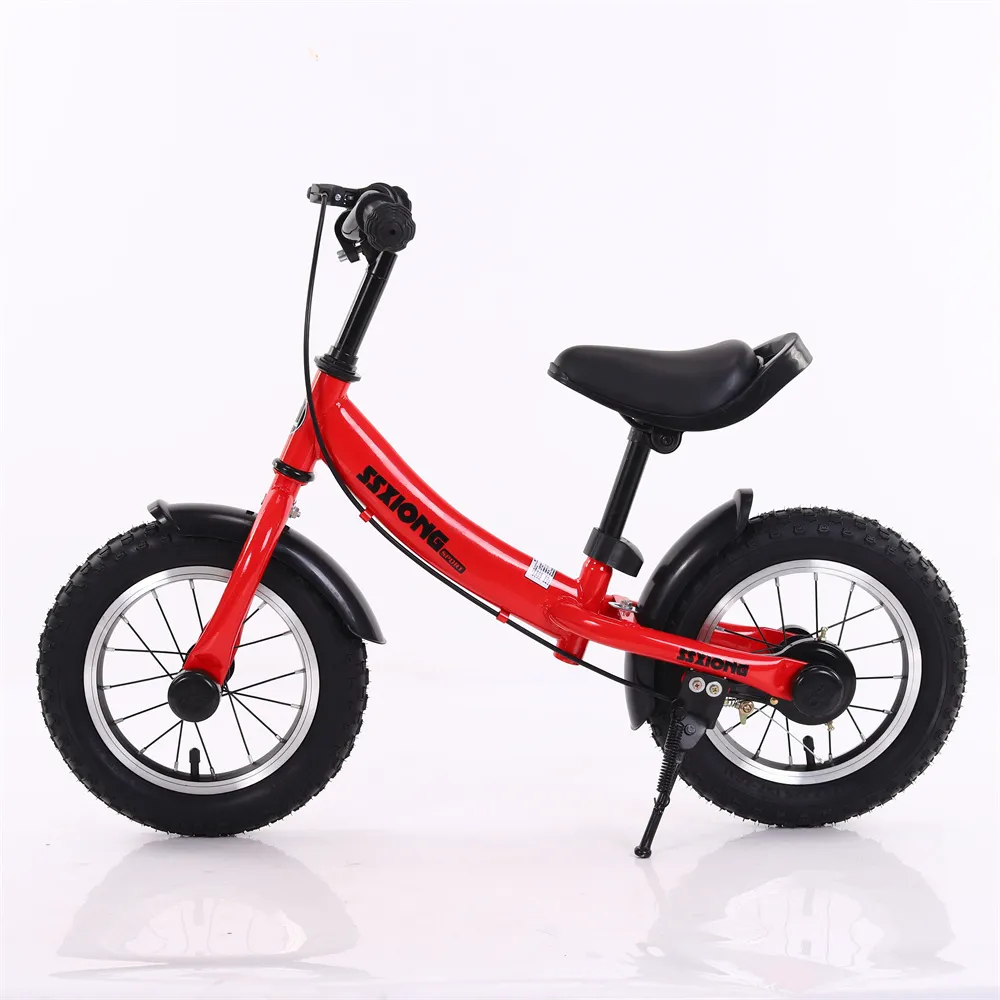Common Questions and Answers About Mountain Biking for Beginners and Enthusiasts
Mountain Bike FAQs Everything You Need to Know
Mountain biking is an exhilarating sport that combines adventure, fitness, and the great outdoors. If you are new to mountain biking or considering taking it up as a hobby, you likely have a plethora of questions. This article will address some of the most frequently asked questions about mountain biking, ranging from equipment selection to riding techniques and trail etiquette.
What Type of Mountain Bike Should I Buy?
Choosing the right mountain bike depends on your riding style and the type of terrain you plan to tackle. Generally, there are three main types of mountain bikes
1. Cross-Country (XC) Bikes Lightweight and designed for speed, XC bikes are ideal for long-distance rides on smooth trails. They typically feature a hardtail (front suspension only) or a lightweight full-suspension design.
2. Trail Bikes These are versatile and can handle a variety of terrains. They offer good suspension and stability, making them suitable for both climbing and descending.
3. Downhill (DH) Bikes Built for steep descents and rough terrain, DH bikes have heavy-duty frames and extensive suspension travel. They are not designed for climbing but excel in descending steep, rocky trails.
When deciding on a bike, consider factors like frame size, material, wheel size (26, 27.5, or 29), and the type of suspension that best suits your needs.
How Do I Maintain My Mountain Bike?
Regular maintenance is crucial for the longevity of your mountain bike. Here are some fundamental maintenance tips
- Clean your bike regularly Remove dirt and mud from the frame, chain, and other components after each ride. Use a bike-specific cleaner, a soft brush, and lint-free cloths.
- Lubricate the chain A well-lubricated chain helps ensure smooth gear changes and prolongs component life. Clean the chain before applying lubricant, and wipe off excess.
- Check tire pressure Properly inflated tires provide better traction and handling. Check tire pressure before each ride as it can fluctuate with temperature changes.
- Inspect brakes Regularly check brake pads for wear and ensure the brake cables and fluid are in good condition.
- Visit a professional bike shop Schedule routine tune-ups with a professional mechanic. They can perform more intricate tasks like adjusting gears and suspension.
What Should I Wear When Mountain Biking?
Safety is paramount in mountain biking. Here's what you should consider wearing
- Helmet A high-quality helmet is essential to protect your head in case of falls or collisions
.mountain bike faq

- Gloves Mountain biking gloves provide grip on the handlebars and protect your hands from abrasions.
- Padded shorts These provide comfort during long rides and can reduce saddle soreness.
- Technical clothing Opt for moisture-wicking materials to keep yourself dry. Avoid cotton as it absorbs moisture, increasing discomfort.
- Footwear Choose shoes that provide good traction and are compatible with your pedals. Clipless pedals require specific shoes designed for them.
How Do I Improve My Riding Skills?
Improving your mountain biking skills takes practice and perseverance. Here are a few tips to enhance your technique
- Start small Begin with easy trails and gradually progress to more challenging ones as your confidence builds.
- Focus on body position Maintain a low center of gravity by bending your knees and elbows. This position enhances control and stability.
- Practice braking Learn to control your speed using both front and rear brakes. Use the front brake for slowing down but avoid slamming it to prevent flipping over the handlebars.
- Cornering techniques Look through the corner, lean into it, and maintain a steady pedal rhythm. Position your body correctly to shift weight when needed.
What Are the Trail Etiquette Guidelines?
Respecting other trail users is crucial for maintaining a positive mountain biking environment. Here are some trail etiquette guidelines
- Yield to pedestrians Cyclists should always give way to hikers and horseback riders. Slow down and communicate your presence.
- Stay on marked trails Avoid cutting corners or creating new trails, as this can lead to erosion and habitat destruction.
- Leave no trace Carry out what you carry in, including trash, water bottles, and food wrappers. Adhere to the principle of 'leave no trace' to preserve nature.
- Ride with a buddy Mountain biking can be safer and more enjoyable with a partner. It’s also a good idea to have a plan in case of emergencies.
In conclusion, mountain biking can be a rewarding and thrilling outdoor activity. By understanding the right equipment, maintenance, safety gear, and riding techniques, you can enhance your experience on the trails and enjoy the beautiful outdoors responsibly. Happy riding!
-
Baby Balance Bike OEM Service – Kids No-Pedal, LightweightNewsNov.10,2025
-
OEM Kids Bike Children Bicycle – Cheap Wholesale BicyclesNewsNov.10,2025
-
Kids Bike New Model 12–18 inch Boys & Girls Bike, AdjustableNewsNov.10,2025
-
China Cheap Price Safe Kids Bike for 10yo w/ Training WheelsNewsNov.10,2025
-
China CE-Certified Kids Balance Bike, Guaranteed QualityNewsNov.10,2025
-
Colorful Outdoor Flashing Carton Children Scooter for KidsNewsNov.10,2025
-
Best Price Kids Balance Bike – Superior Quality, No PedalsNewsNov.10,2025








